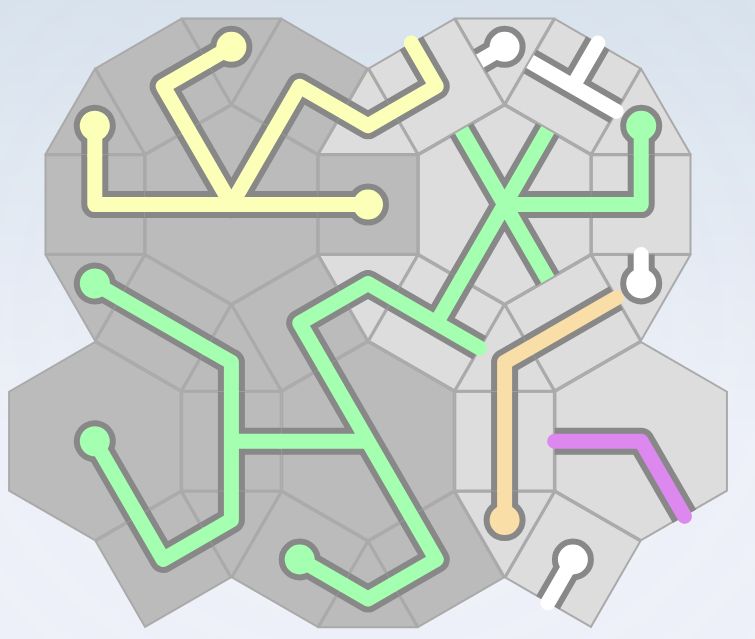Daria
@gereleth.bsky.social
42 followers
45 following
60 posts
Data scientist. I love coding and puzzles.
Play my pipes game: https://hexapipes.vercel.app/play
Posts
Media
Videos
Starter Packs
Daria
@gereleth.bsky.social
· Jul 23
Daria
@gereleth.bsky.social
· Dec 26
Daria
@gereleth.bsky.social
· Dec 26
Daria
@gereleth.bsky.social
· Dec 25
Daria
@gereleth.bsky.social
· Dec 25
Daria
@gereleth.bsky.social
· Dec 25
Daria
@gereleth.bsky.social
· Dec 25
Daria
@gereleth.bsky.social
· Dec 25
Daria
@gereleth.bsky.social
· Dec 25
Daria
@gereleth.bsky.social
· Dec 25
Daria
@gereleth.bsky.social
· Dec 24
Daria
@gereleth.bsky.social
· Dec 23
Daria
@gereleth.bsky.social
· Dec 23
Daria
@gereleth.bsky.social
· Dec 23
Daria
@gereleth.bsky.social
· Dec 23
Daria
@gereleth.bsky.social
· Dec 23
Daria
@gereleth.bsky.social
· Dec 20
Daria
@gereleth.bsky.social
· Dec 20







